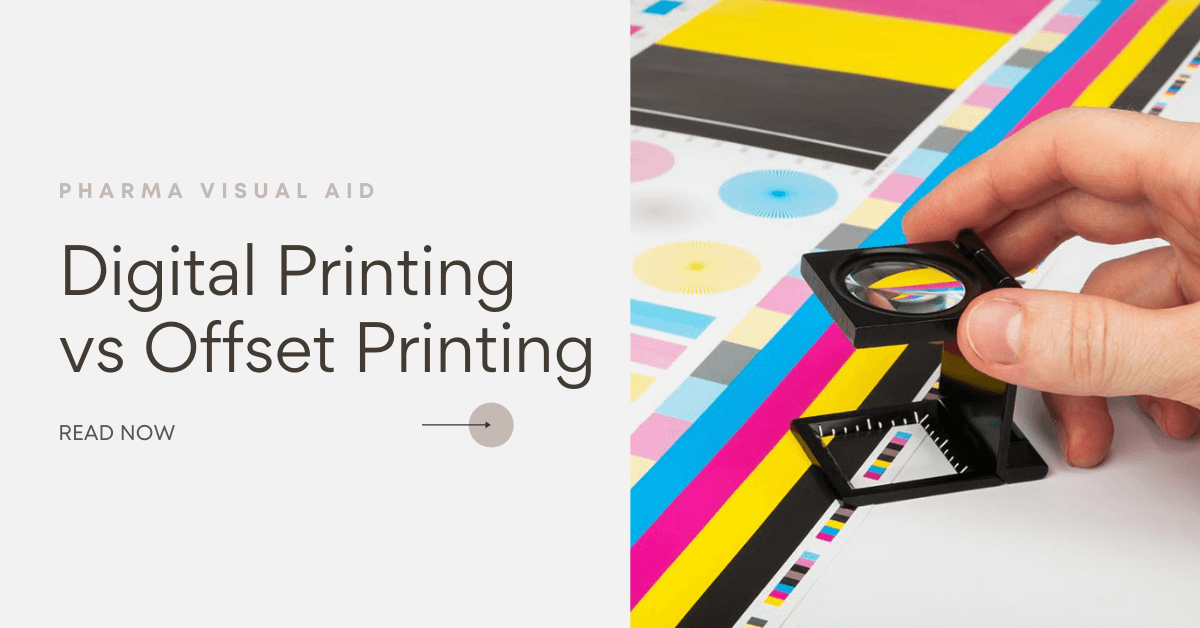Digital Printing vs Offset Printing: After you’ve checked off all the boxes on your graphic design checklist, you must make a critical decision: whether to use digital printing or offset printing. In this post, we’ll go over the distinctions between digital printing and offset printing, as well as their specific pros and cons. We’ll also discuss the elements that will affect your decision and assist you in deciding what’s ideal for your project.
What are some Benefits of Digital Printing?
- Short runs have reduced setup expenses
- Only print what you need when you need it
- Reduce the minimum quantities (as low as 1, 20, or 50 pieces)
- Low-cost black-and-white digital printing
What are some Benefits of Offset Printing?
- Large volumes may be printed at a low cost
- The lower the price per piece, the more you print
- A wide range of paper kinds and custom treatments are available
- Metallic and Pantone colours are available as bespoke inks
[ Also read: Process of Pharma Visual Aid Design & Printing ]
Other Differences Between Offset Printing and Digital Printing
- Sheet size — Offset printing commonly uses 29-inch and 40-inch sheet presses. Digital printing typically uses smaller sheet sizes, normally 19-inch sheets, with some equipment capable of printing up to 29-inch sheets.
- Colour representation — Offset presses offer improved colour management over digital printing. Printing Pantone colours, for example, is more precise on offset presses since they employ Pantone ink. As a result, offset printing is critical for huge corporate branding where colour constancy is essential.
- Turnaround time – Because digital printing requires less setup time, it has a faster turnaround time. Some businesses even provide same-day or next-day printing.
PVA – One-stop solutions for Your Printing Needs
Like anything else, don’t hesitate to get expert help! Pharma Visual Aid is one of India’s leading pharma branding firms, known for their unrivaled pharma marketing material (products) design and printing.

